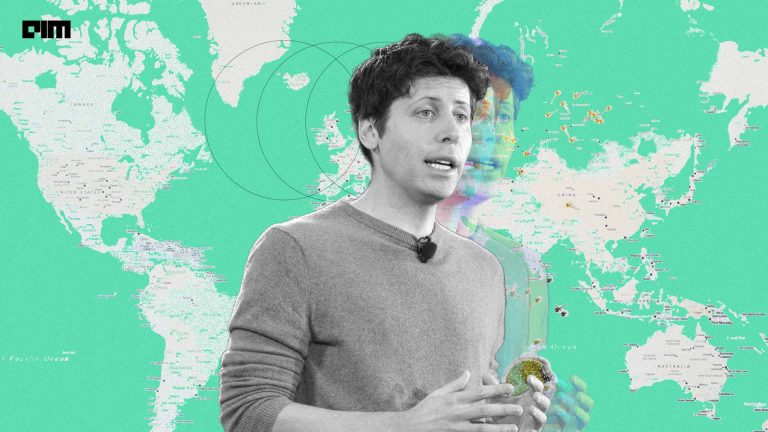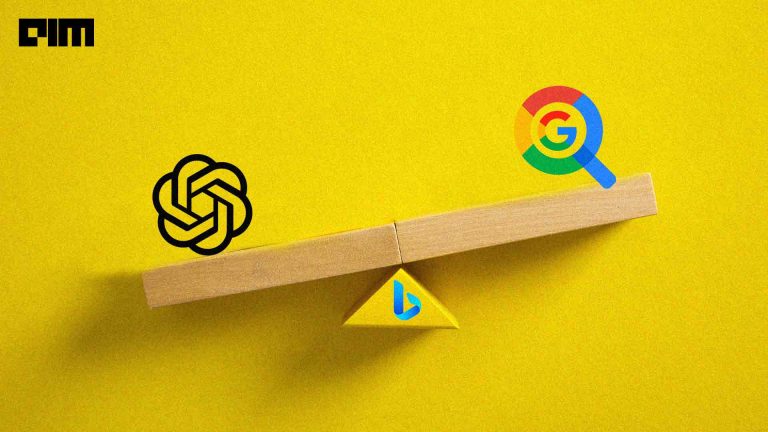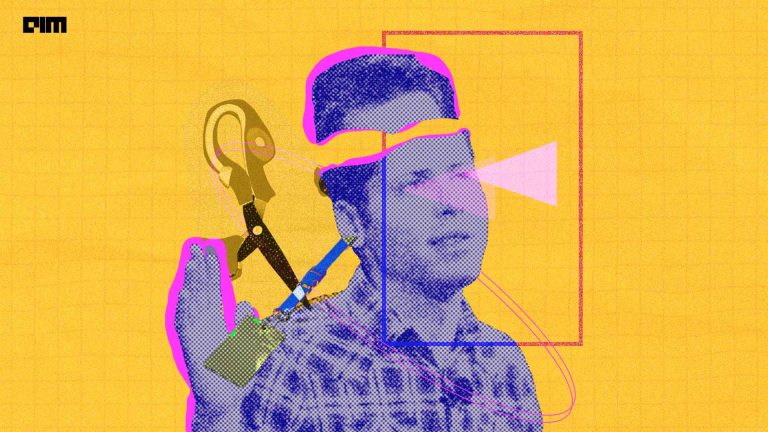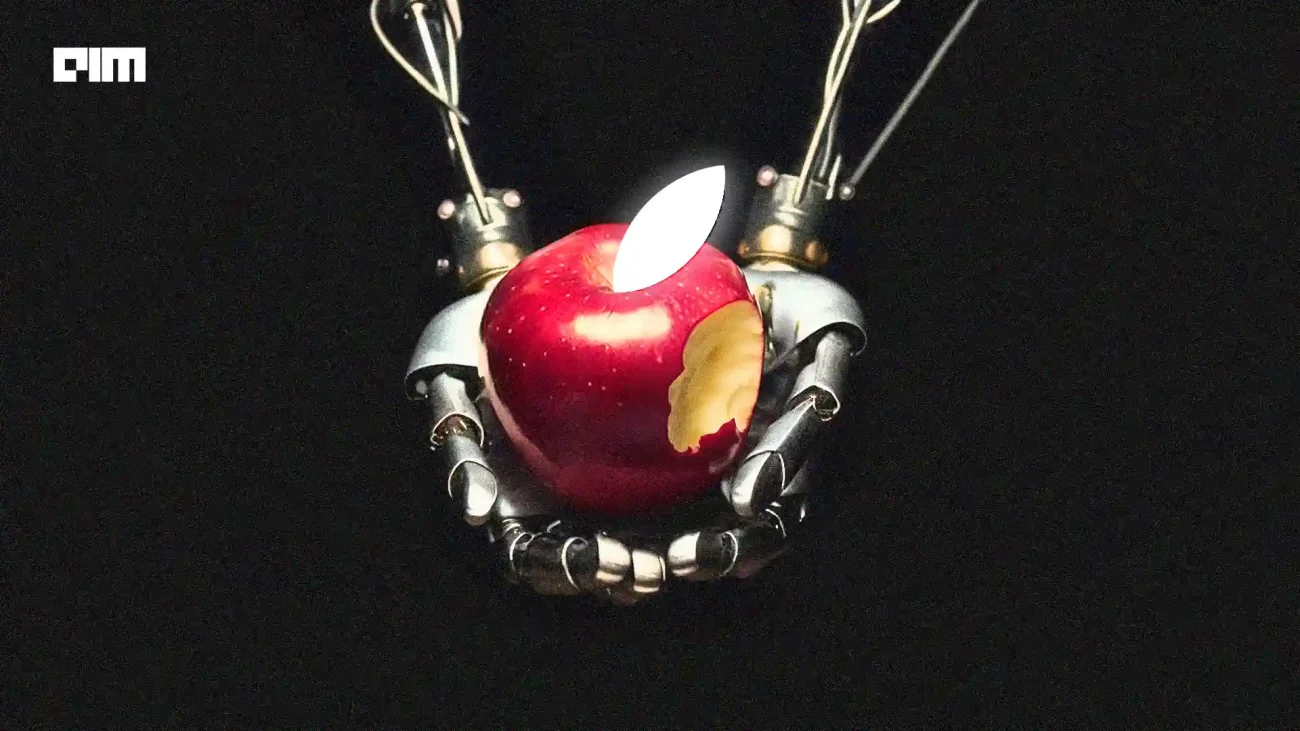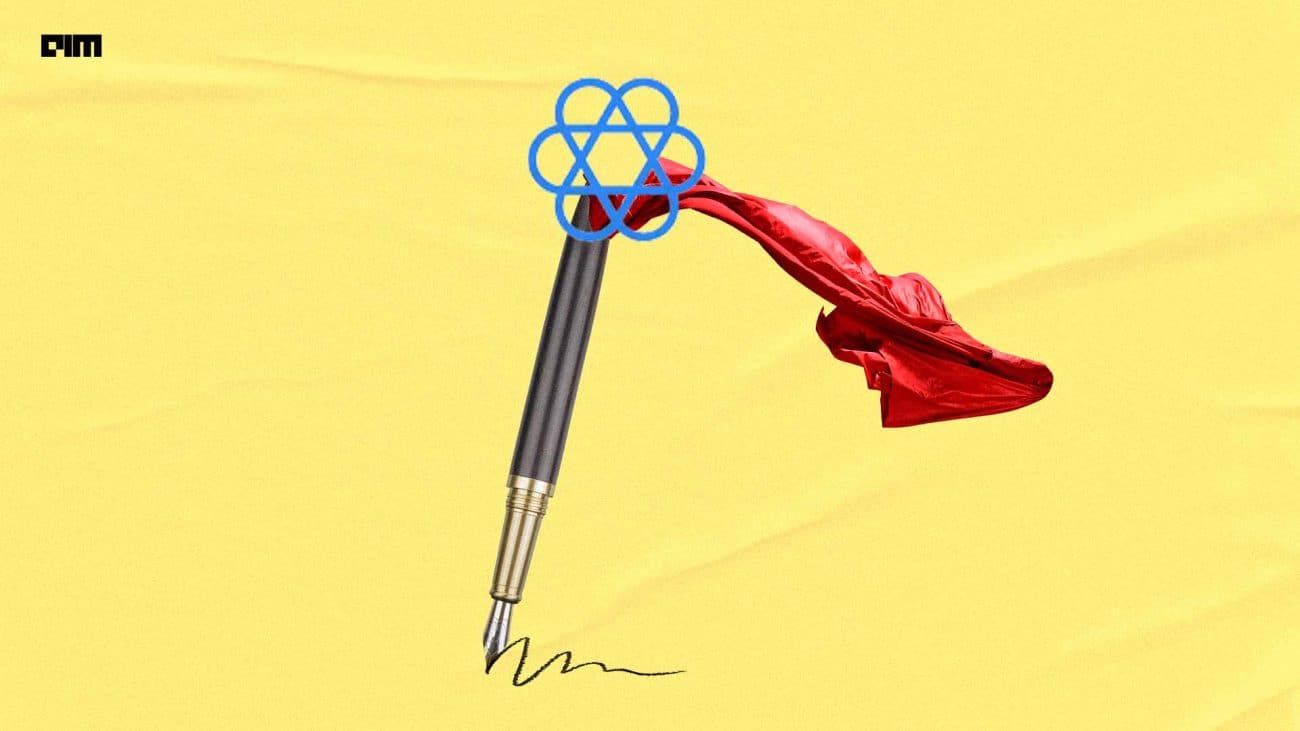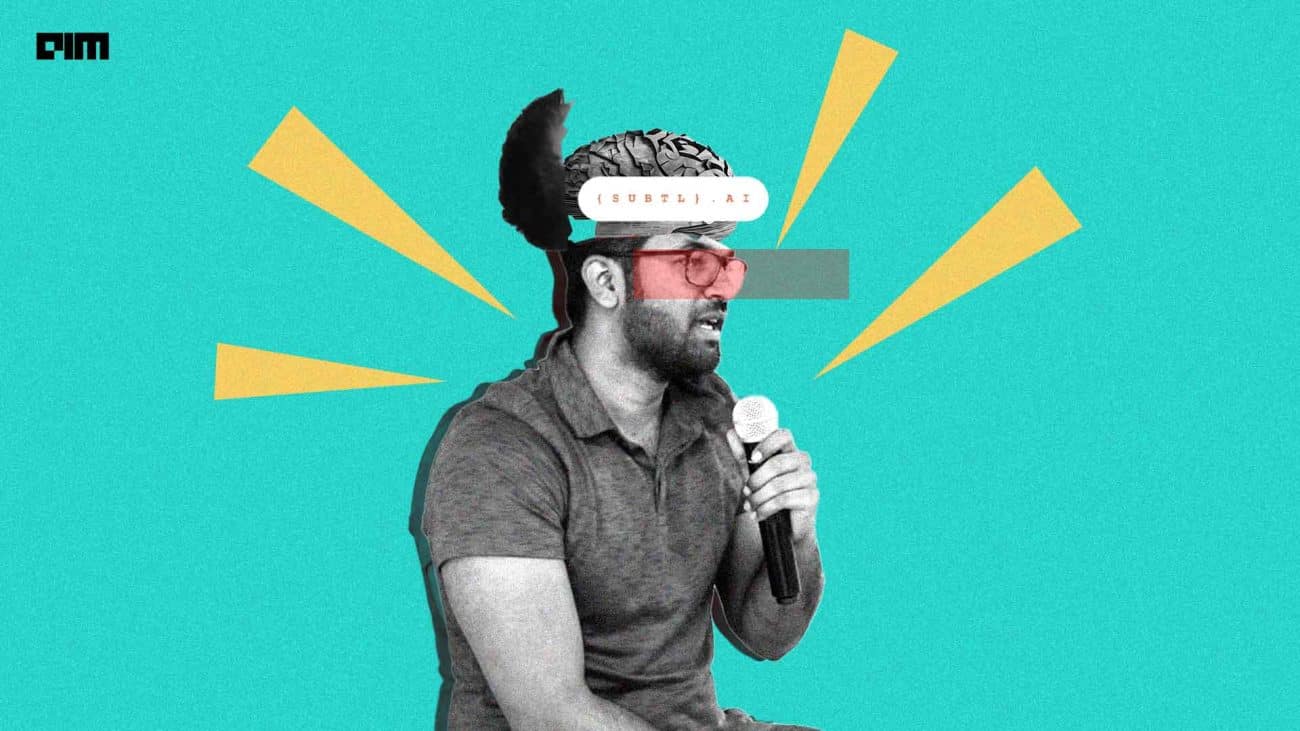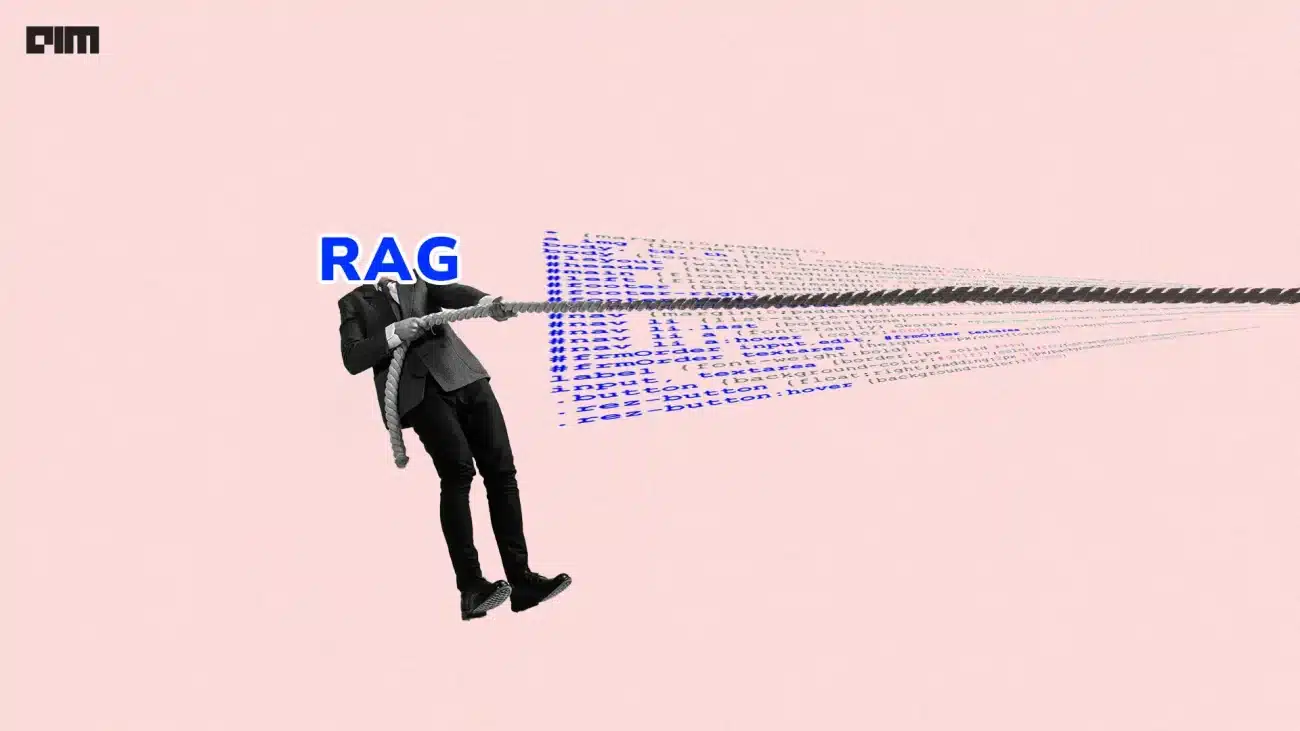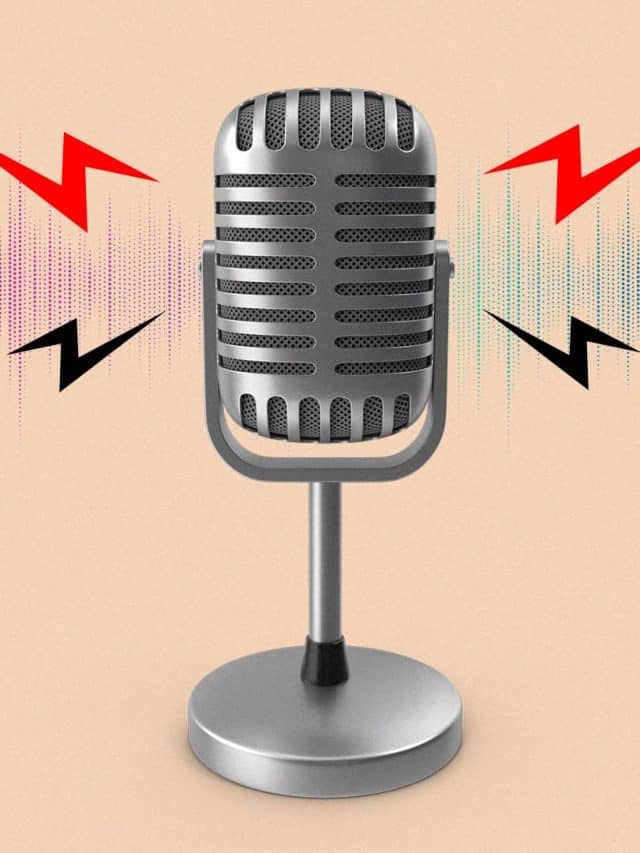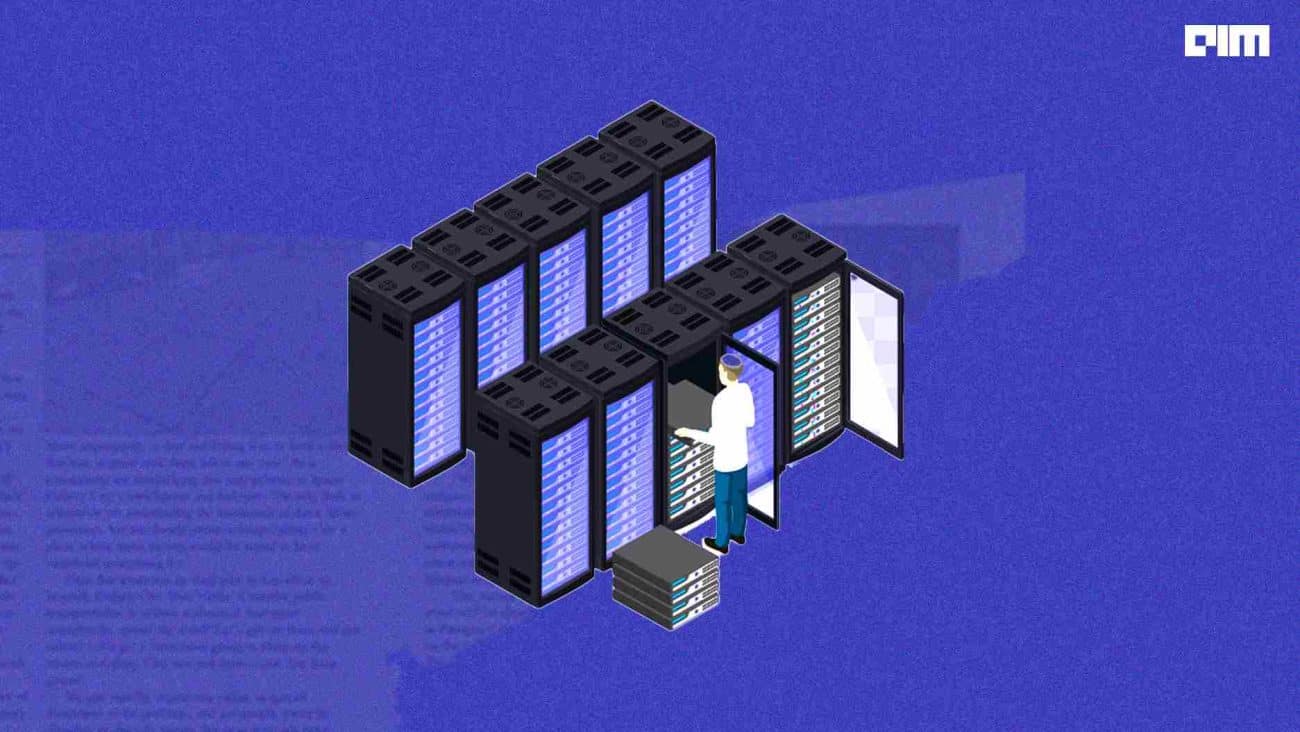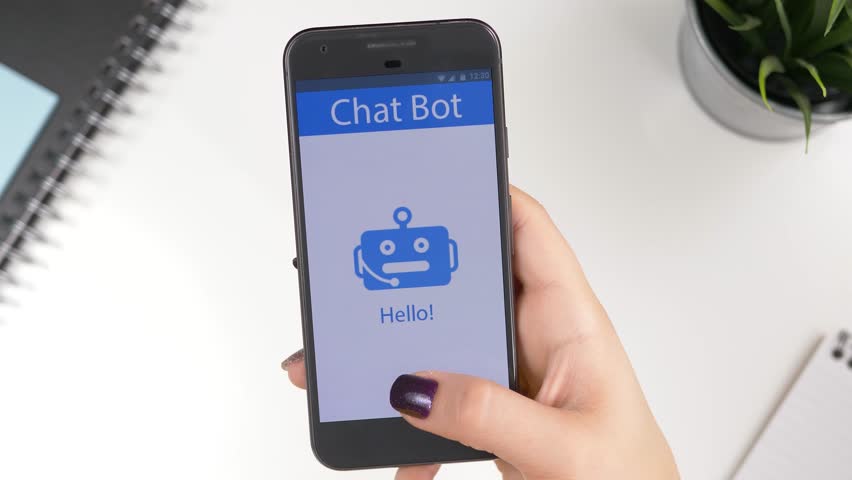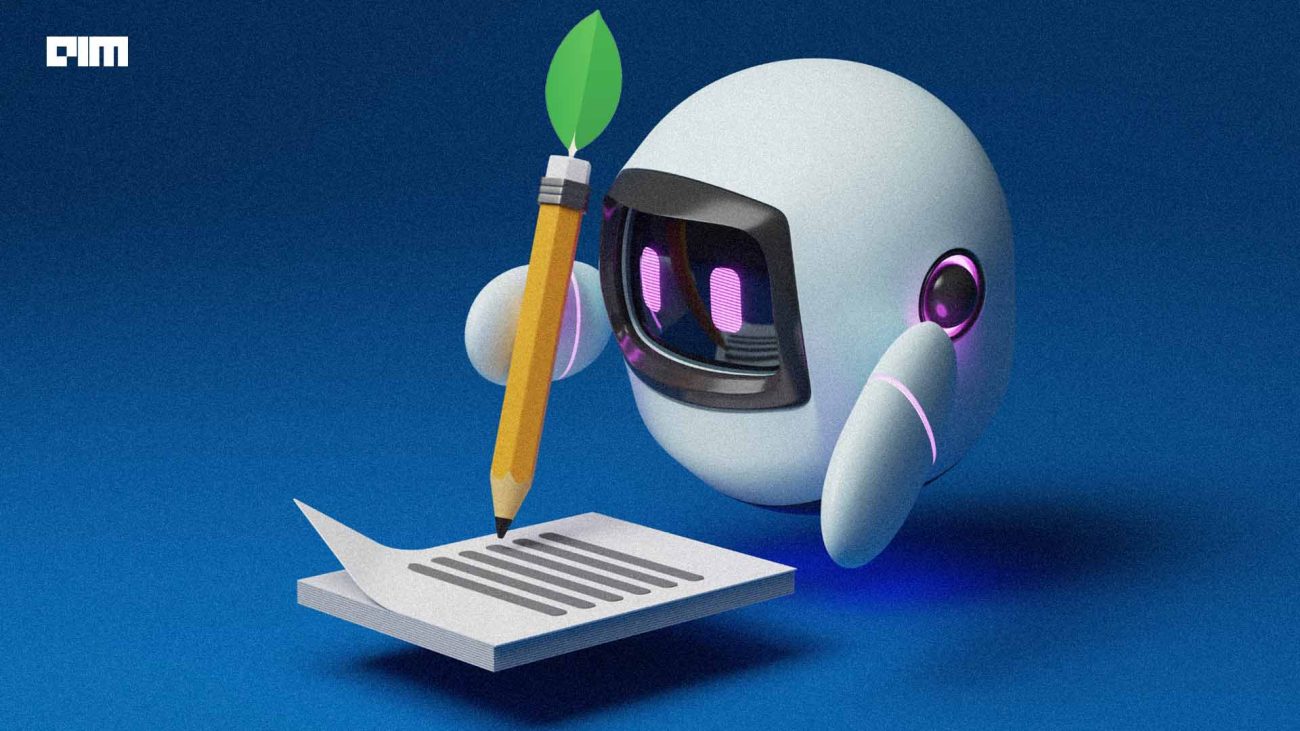|
Listen to this story
|
Two days after AIM said that it’s time for OpenAI to launch GPT-5, the company filed a trademark application for “GPT-5” with the United States Patent and Trademark Office (USPTO) on July 18. This move suggests the potential development of a new version of their language model. The news was shared by trademark attorney Josh Gerben on Twitter on July 31.
OpenAI has filed a new trademark application for:
— Josh Gerben (@JoshGerben) July 31, 2023
"GPT-5"
The filing was made with the USPTO on July 18th.#openai #chatgpt4 #ArtificialIntelligence pic.twitter.com/PhQI3YV3jJ
The trademark application says that GPT-5 is related to computer software for generating human speech and text, as well as for natural language processing, generation, understanding, and analysis. It is speculated to be the next powerful version of OpenAI’s generative chatbot, following the previous release of GPT-4 in March.
Despite the trademark application, there is no confirmation of immediate development for GPT-5. While it is likely that OpenAI has plans for an advanced language model in the future, the primary purpose of the trademark filing might be to secure the name “GPT-5” and prevent unauthorised use by others.
GPT-5 is anticipated to be the next iteration of OpenAI’s large language model. After the pause letter by the likes of Elon Musk and Steve Wozniak, Sam Altman decided to not train the successor to GPT-4 “for some time,” saying that the company anyway has a lot of work to do before starting to build the model. This was in April. Cut to June, Altman said that OpenAI has not yet started training GPT-5 and is only going to focus on building new ideas. Nevertheless, the specific features and enhancements of GPT-5 have not been officially confirmed by OpenAI.
Moreover, OpenAI had also filed for a trademark on ‘GPT’ with the USPTO in December 2022. OpenAI petitioned in April to the USPTO for hastening the process because a lot of apps named after GPT were springing up.
However, the application is still up and pending and might take up to 4-5 months more to get approved, as Jefferson Scher, a partner in the intellectual property group of Carr & Ferrell told TechCrunch. In a bid to catch up on the delay, the company has released brand guidelines on its website to ensure that no claims are made by people building an AI or GPT disguising as OpenAI.
GPT-4.5 is already here!
There have been claims that the next version of GPT would be superintelligent. Developer Siqi Chen had mentioned that GPT-5 is expected to complete training by the end of the year and could potentially achieve AGI. If GPT-5 does attain AGI, it could significantly boost AI-driven productivity by automating complex cognitive tasks. However, there are concerns and differing opinions, with some experts suggesting that AGI might not be achievable using GPT’s current methods.
In a podcast on Latent Space, Simon Willison, Alex Volkov, Aravind Srinivas, and Alex Graveley argue that Code Interpreter is actually GPT-4.5. It might be just that the company does not want to use the terminology as of now given all the backlash of the pause letter.
In a recent blog about alignment of AI models, OpenAI said that superintelligence might be achieved within four years. The timeline does not match. If the company plans to compete with the rising capabilities of other companies’ AI models, it might ditch the halt on training GPT-5 and actually build it right away.





